A circuit breaker is a protective device that detects fault conditions and interrupts the flow of electricity to prevent equipment damage, fire hazards, and personal injury. It serves as a safety mechanism that disconnects power whenever it senses that the current has exceeded safe levels.
Circuit breakers operate based on two main principles:
Thermal Operation (for overload protection):
Uses a bimetallic strip that bends when heated due to excessive current.
When it bends beyond a certain point, it trips the breaker.
Magnetic Operation (for short-circuit protection):
Uses an electromagnet that becomes powerful during a short circuit.
The magnetic force quickly pulls a lever to trip the breaker and interrupt the current.
Modern circuit breakers often combine both mechanisms for comprehensive protection.
Circuit breakers are categorized based on their construction, application, and breaking capacity. Major types include:
Use: For low voltage applications (residential and light commercial).
Capacity: Typically up to 100A.
Advantages: Compact, reusable, safe for non-professional use.
Use: For medium to high current circuits in industrial settings.
Capacity: Up to 2500A.
Features: Adjustable trip settings, higher breaking capacity.
Function: Detects earth leakage and disconnects the circuit to prevent electric shocks.
Used in: Bathrooms, kitchens, or any wet area prone to leakage currents.
Use: For high-voltage, high-current applications (power plants, substations).
Breaking Medium: Air.
Capacity: Up to 6300A.
Use: In high-voltage networks.
Breaking Medium: Vacuum or sulfur hexafluoride gas.
Specialty: High reliability, minimal arc formation, long life span.
Overcurrent Protection: Automatically trips to prevent overheating and potential fire risks.
Short-Circuit Protection: Interrupts high current spikes caused by faults.
Resettable Operation: Unlike fuses, breakers can be reset without replacing components.
Indication System: Most have visual indicators or mechanical toggles to show ON/OFF/tripped status.
Durability: Rated for multiple operations over the device’s life span.
Circuit breakers are critical in nearly every electrical system. They are widely used in:
Residential wiring systems
Commercial buildings and office complexes
Industrial control panels and distribution boards
Data centers and IT infrastructure
Electric vehicles and battery systems
Generators and UPS systems
Enhanced Safety: Prevents accidents caused by electrical faults.
Cost-Effective Protection: Reduces downtime and equipment damage.
Easy Maintenance: Resettable design minimizes operational delays.
Versatile Use: Available in a variety of sizes and specifications for every application.
When selecting a circuit breaker, consider the following:
Load Rating (Current Rating)
Breaking Capacity (KA Rating)
Type of Load (resistive, inductive, motor load, etc.)
Installation Environment (moisture, dust, temperature, etc.)
Number of Poles (single, double, three-phase systems)
Proper selection ensures the safety and efficiency of the electrical system.

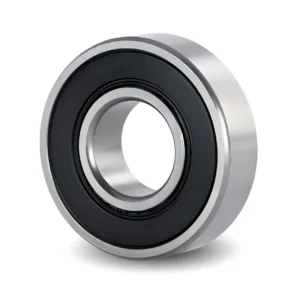





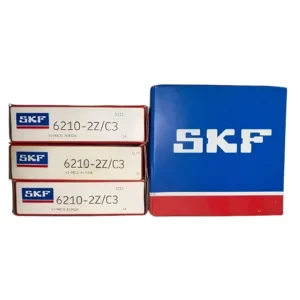

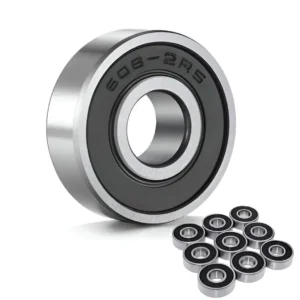



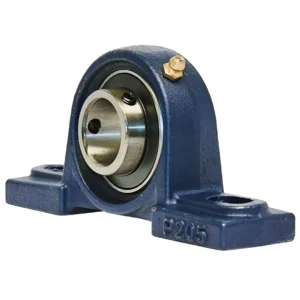
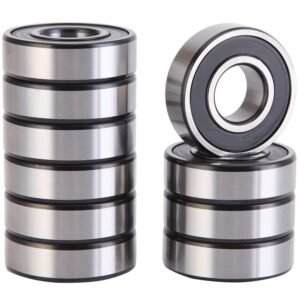

Copyright © 2025 Classic Bearing House | Powered by BrandBanalo